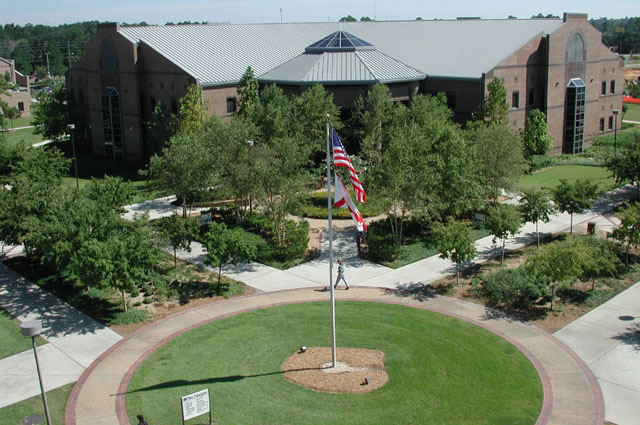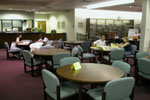Wired Chemist
The Instructional section under Chemistry links to general chemistry lecture notes, tutorials, problem sets, lab exercises, and animated demonstrations. The Data section includes a significant list of tables of constants ranging from Acid-Base Indicators to Vapor Pressure of Water. The last section, Links, is organized into four areas: Opportunities (positions, grants, and research), Professional (links to journals, texts, and associations), Instructional (links to educational websites), and Data (links to constants, periodic tables, and properties). The other tabbed sections are chemistry subsets. The Instructional section of Mineralogy presents animated structures of 22 minerals and a link to purchase the author's textbook. The Links section provides links to various online mineral shops. The Environmental tab presents four extensive lab projects and a substantial study of the Exxon Valdez oil spill, by Professor Phyllis A. Leber (Franklin & Marshall), and links to environmental education, science, research, and careers. The NMR tab contains 14 problem sets and spectra for over 100 compounds; an extensive NMR bibliography includes an unlinked table of contents. A search box appears in the header on every page along with a login link without documentation. The Wired Chemist is well organized, easy to navigate, and completely annotated. These facts alone make it stand out as a friendly, usable, well-constructed blend of instructional material in an electronic presentation. Summing Up: Highly recommended. Secondary school and undergraduate students and their instructors; all readership levels. -- L. A. Hall, California State University, Sacramento ALA, Choice, February 2012













